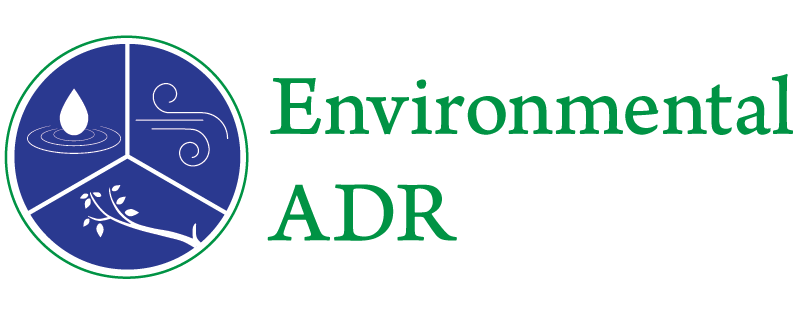 What is Environmental Mediation?
What is Environmental Mediation?
Environmental Mediation is a rigorous, but flexible, process where the parties negotiate hard — on the merits — resolve the issues at the core of the conflict and then establish a workable, enforceable framework for implementing agreements for cleanup and/or compensation.
Many of these cases are high risk, expensive to try, handled by extremely competent professionals and, therefore, a well designed and implemented environmental mediation provides the perfect forum in which to intelligently evaluate and resolve their differences.
COMMON MISCONCEPTIONS
Mediation is not a wholesale substitute for the litigation process. Most cases are settled by lawyers and their clients without the assistance of a mediator. Others are resolved through motion practice or by trial. Therefore, not every case will benefit from mediation. But there are many others, in my view, which would.
Some conventional litigators deride mediation as too amorphous, weak-willed, and unable to “get the job done.” I have heard said that if they, themselves, cannot not settle the case no one else could help them do so. Others fear a loss of control over the matter. Neither of these concerns is holds water.
A well-executed mediation can deliver an exceptional result without generating the same transactional costs that are normally incurred in traditional high stakes litigation. Mediation has fewer technical and tactical delays because its progress is driven entirely by the parties themselves. The results can be more valuable because mediation outcomes are not limited to any one “remedy.”
Furthermore, there is no loss of control as feared by some. To the contrary, the parties and their lawyers can be as involved as they wish in the process’ design and, most importantly, there can be no agreement without the consent of all parties. An unwanted result may never be imposed on a party through mediation.


